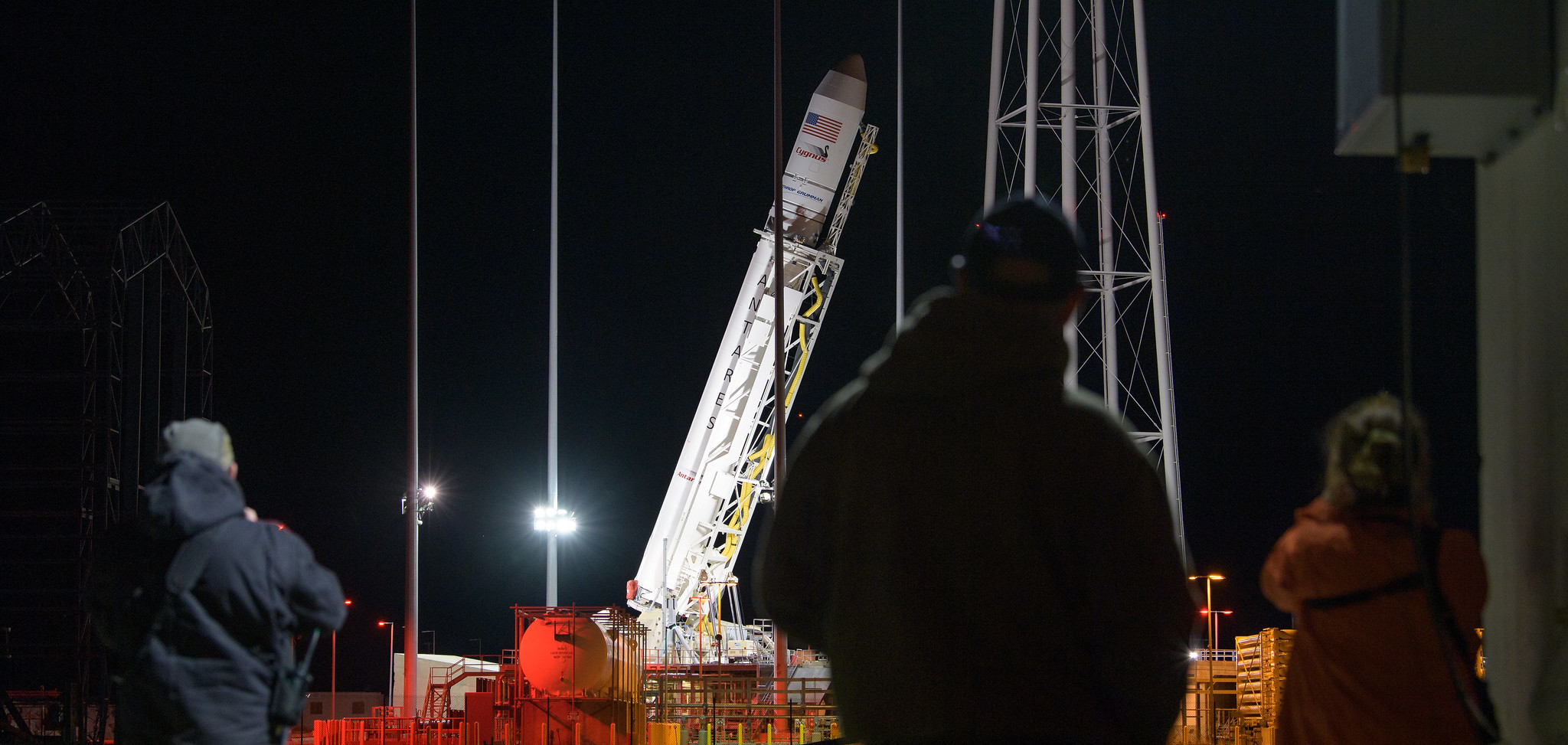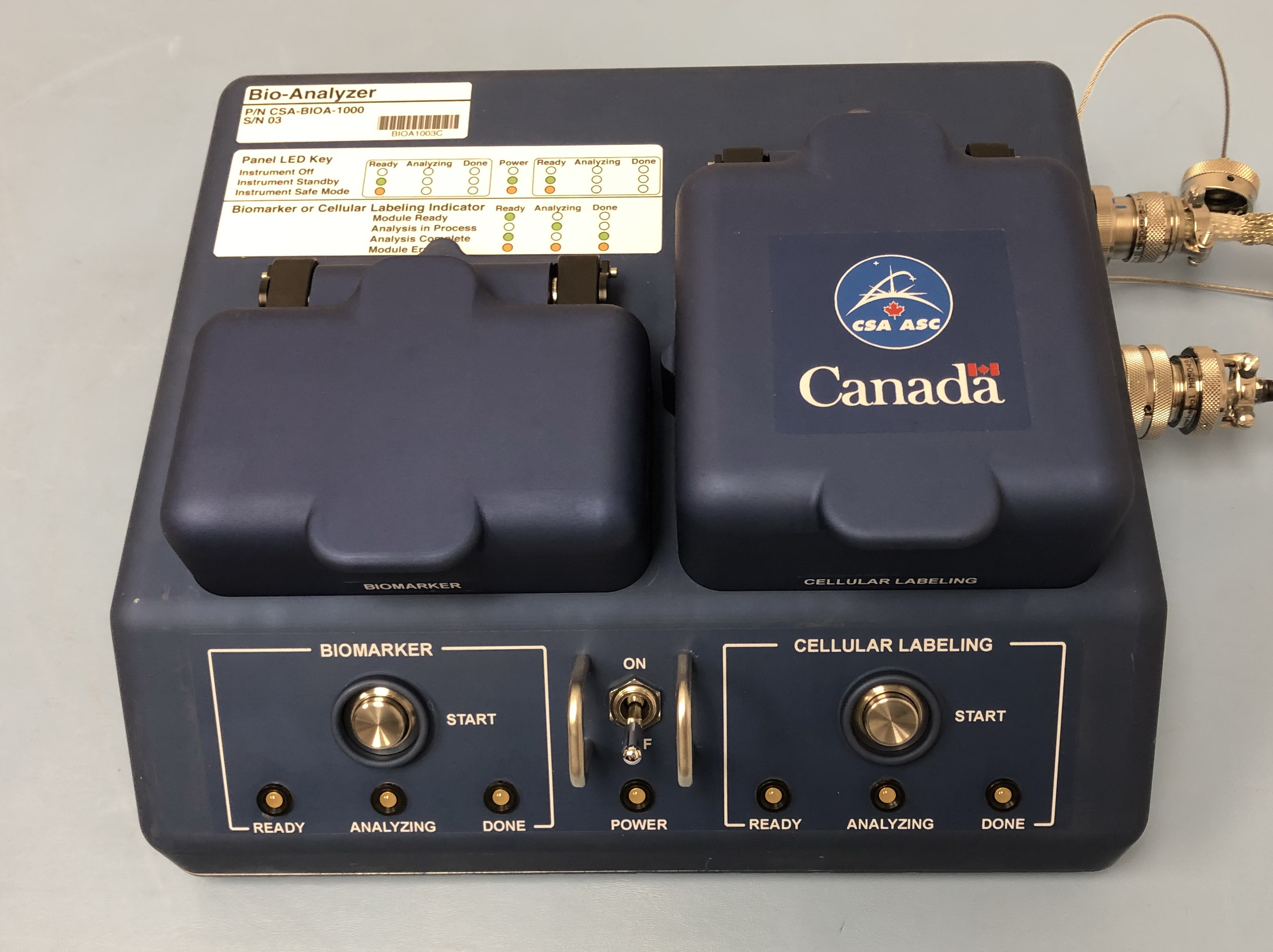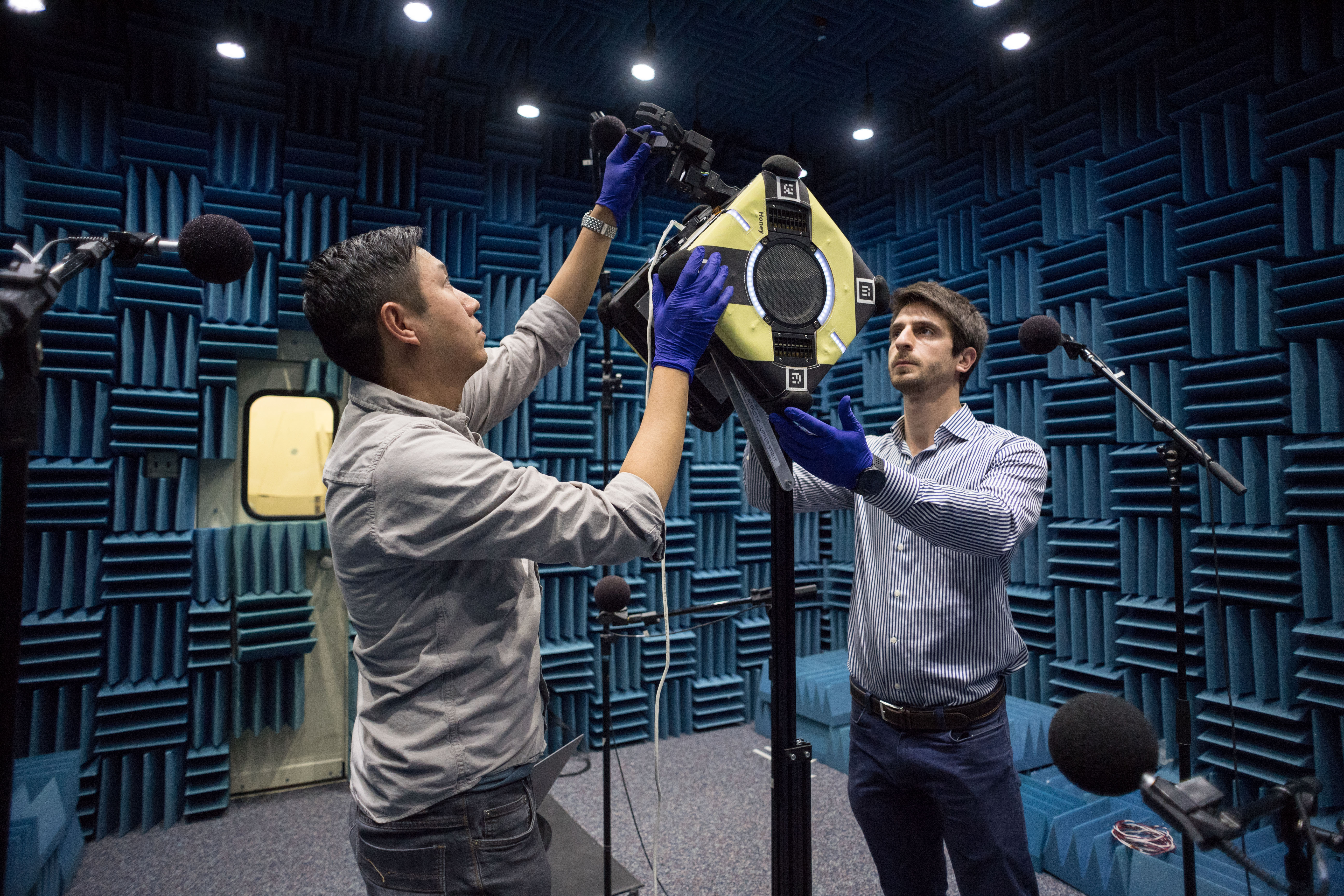Tiny Robots, Wearable Tech and More Weird Science Will Launch to Space Station Wednesday
The strange experiments will launch from Virginia this Wednesday.

Tomorrow (April 17), Northrop Grumman's Antares rocket will launch its Cygnus spacecraft to the space station, carrying supplies as well as a set of strange and innovative experiments that could support future missions to space.
Among them will be two different tiny robots that will practice helping astronauts with space station maintenance; a study that will assess the artery health of astronauts using wearable tech; and a test for a new method for removing carbon dioxide from the air on board the space station, according to a statement from NASA.
At 4:46 p.m. EDT (2046 GMT) on Wednesday, April 17, Cygnus NG-11 is set to launch on an Antares rocket from Pad 0A at the Mid-Atlantic Regional Spaceport at NASA's Wallops Flight Facility on Wallops Island in Virginia. The cargo resupply mission will send up scientific experiments along with supplies for the crew on board the space station. This will be the 11th (and final) Cygnus mission within Northrop Grumman's Commercial Resupply Services CRS-1 contract with NASA — a new contract, CRS-2, is set to begin in the fall. You can watch the launch online here at Space.com, courtesy of NASA.
Related: Private Antares Rocket & Cygnus Spacecraft Explained (Infographic)
Cygnus spacecraft recently added the capability to load certain experiments just 24 hours before launch. Previously, all cargo and scientific experiments had to be loaded into the craft four days before the launch, but this change will allow time-sensitive experiments to be loaded closer to the launch time.
One of the experiments, called Vascular Aging, will explore data that suggests that certain aspects of aging, related to the system that circulates blood through the body, could be accelerated by time spent in space. Artery aging has been linked to cardiovascular health, insulin resistance and more. In this experiment, the space station crewmembers will undergo artery ultrasounds, blood samples and oral glucose tolerance tests that will assess their overall health and artery health, and identify any insulin resistance. They will also use wearable sensors to monitor changes in their physical fitness.
According to Richard Hughson, principal investigator on the study and a researcher at Schlegel-University of Waterloo in Canada, the astronauts will wear the sensors for 72 hours while on board the space station. Since the wearable device will record activity levels, it will help the team to study the relationship between activity levels and insulin resistance, Hughson said during a news conference on April 10.
Get the Space.com Newsletter
Breaking space news, the latest updates on rocket launches, skywatching events and more!
Hughson, discussing the importance of this study, said that "in the short term, it's probably not too significant for the astronauts." But, he clarified, "in the long term, it could be quite important." Astronauts spend relatively short amounts of time aboard the space station, but on future, longer missions, astronaut health — including vascular aging and insulin resistance, which this study also examines — could become a larger problem.

Another experiment headed for the space station will use the Bio-Analyzer, a Canadian Space Agency instrument that detects and quantifies blood cell count and concentration of dissolved molecules in liquids like blood or urine. What is unique about this tech is that it can work with just a few drops of liquid. So, instead of having to freeze and store large samples of blood, saliva or urine, which take up space, weight and energy — all precious resources aboard a space station — data could be gathered with just a finger prick.
Cygnus is also carrying The Seeker Robotic External Cubesat Inspection Vehicle DTO (Seeker) robot to the space station this week. The little robot, about the size of a loaf of bread, will use cold-gas nitrogen thrusters to fly freely around the space station, either in a fully automated mode or controlled remotely. When things go wrong, the little robot can go outside the space station, fly around and check out any possible damage.
Seeker still has a long way to go before it is perfected, but it could one day be a major help to astronauts in space, researchers said during the news conference. When astronauts, or their teams back on Earth, realize that something on the outside of the space station needs to be fixed, they usually plan a spacewalk in which the astronauts go out and work on the problem.
Spacewalks take a significant amount of planning, time and coordination, and they are inherently risky. If a tiny robot could first go out and take images of the issue with a 13-megapixel camera on board that the team back on Earth could analyze, it would save the astronauts a ton of time and reduce risk. "Going outside just to do inspections is very time consuming and of course dangerous. Especially when what you're going to inspect is something that you don't want your astronauts to get into," Seeker deputy project manager Brian Banker said in the news conference.
Seeker is designed "almost like a fire extinguisher," Banker said. When there is an issue, astronauts will deploy the craft, it will image the issue, and then it will fly away and burn up in Earth's orbit.

Another tiny robot, Astrobee, will be headed for the space station this week. Like Seeker, Astrobee, a successor to the successful SPHERES robot, will help with space station maintenance. But, while Seeker will just fly around the outside of the craft, take images of the issues and then go burn up in Earth's atmosphere, Astrobee will be handy inside the space station.
The little cube-shaped robot will fly freely around the station, helping astronauts with maintenance and "space chores," and freeing up their time to perform research. The Astrobee robot is powered by fans and uses vision-based navigation.
In another investigation, researchers hope to improve methods for removing carbon dioxide from the air on board the space station. The Thermal Amine Scrubber technology will test a method that uses heated and cooled amine beds — amine is an organic compound derived from ammonia. The system is designed to remove carbon dioxide, reduce the loss of water vapor on board and recover carbon dioxide to be used in electrolysis to create oxygen.
Carbon dioxide levels are about 10 times higher on the space station than they are on Earth, John Garr, the exploration life support system integrator for the International Space Station, said in the news conference.
"We've learned over time that the carbon dioxide levels in the atmosphere could potentially influence the crew's performance and quality of life," Laura Shaw, the International Space Station Program lead for Exploration Life Support Systems, said in the news conference. Exposure to carbon dioxide buildup can cause fatigue, headaches, issues with breathing, strained eyes and itchy skin. Over time, these symptoms could cause discomfort for the astronauts on board the space station. Future long-duration missions to the moon or even Mars will require improved life support systems, or else the astronauts will be at risk from these symptoms, the researchers said.
You can watch the Cygnus cargo ship launch here Wednesday, April 17, beginning at 4:15 p.m. EDT (2015 GMT). Liftoff will occur at 4:46 p.m. EDT (2046 GMT).
- Spot the International Space Station with New NASA Tool
- Touring the Cygnus Supply Spacecraft Cleanroom (Photos)
- The International Space Station: Inside and Out (Infographic)
Follow Chelsea Gohd on Twitter @chelsea_gohd. Follow us on Twitter @Spacedotcom and on, Facebook
Join our Space Forums to keep talking space on the latest missions, night sky and more! And if you have a news tip, correction or comment, let us know at: community@space.com.

Chelsea “Foxanne” Gohd joined Space.com in 2018 and is now a Senior Writer, writing about everything from climate change to planetary science and human spaceflight in both articles and on-camera in videos. With a degree in Public Health and biological sciences, Chelsea has written and worked for institutions including the American Museum of Natural History, Scientific American, Discover Magazine Blog, Astronomy Magazine and Live Science. When not writing, editing or filming something space-y, Chelsea "Foxanne" Gohd is writing music and performing as Foxanne, even launching a song to space in 2021 with Inspiration4. You can follow her on Twitter @chelsea_gohd and @foxannemusic.









